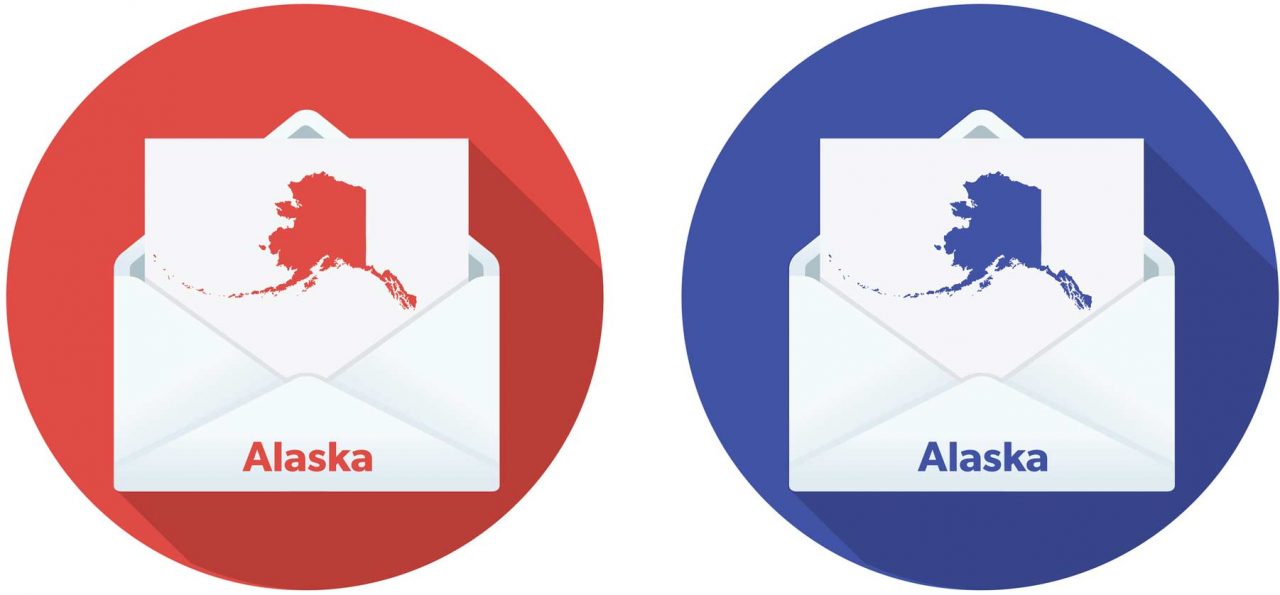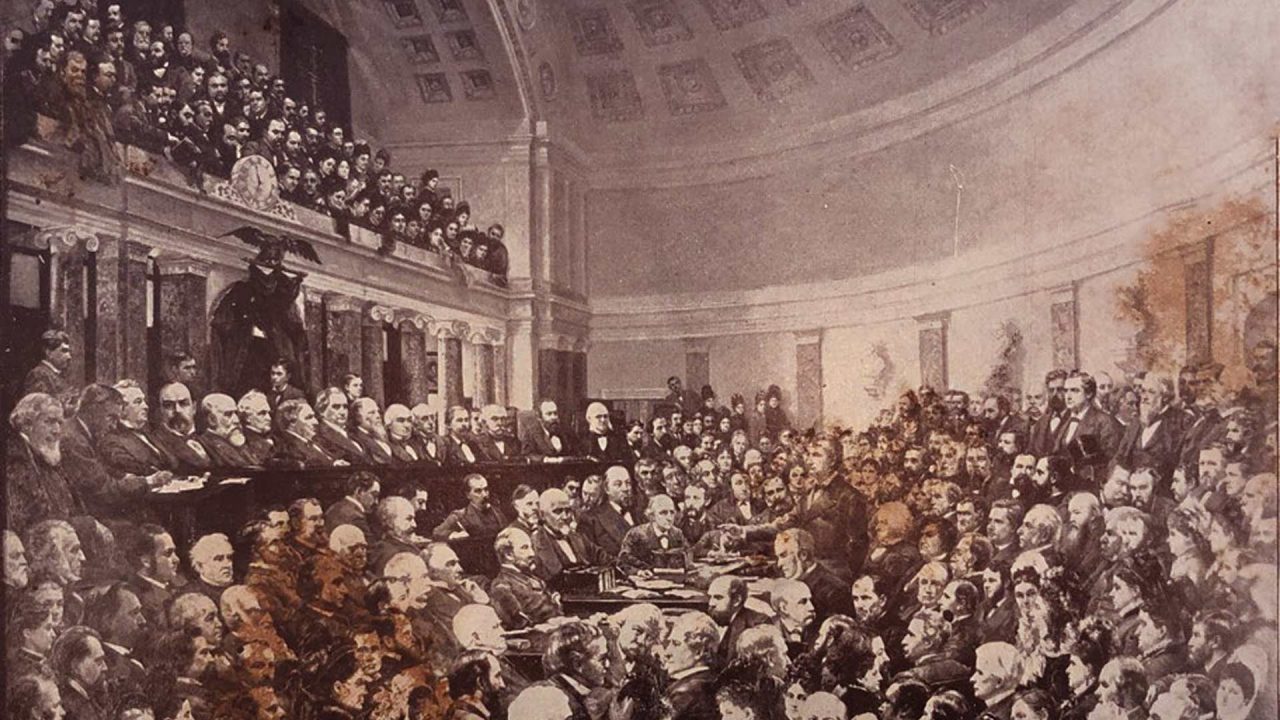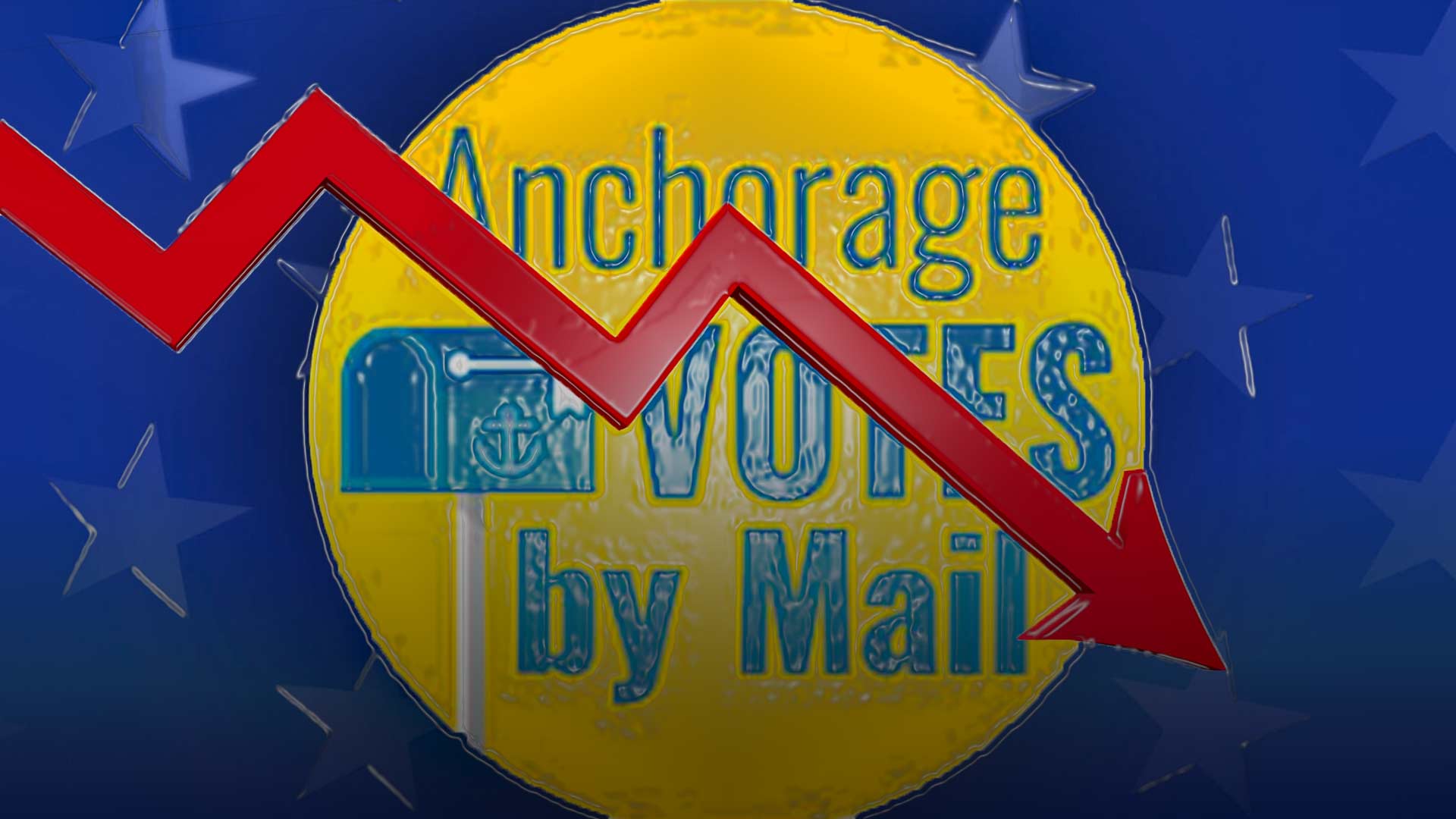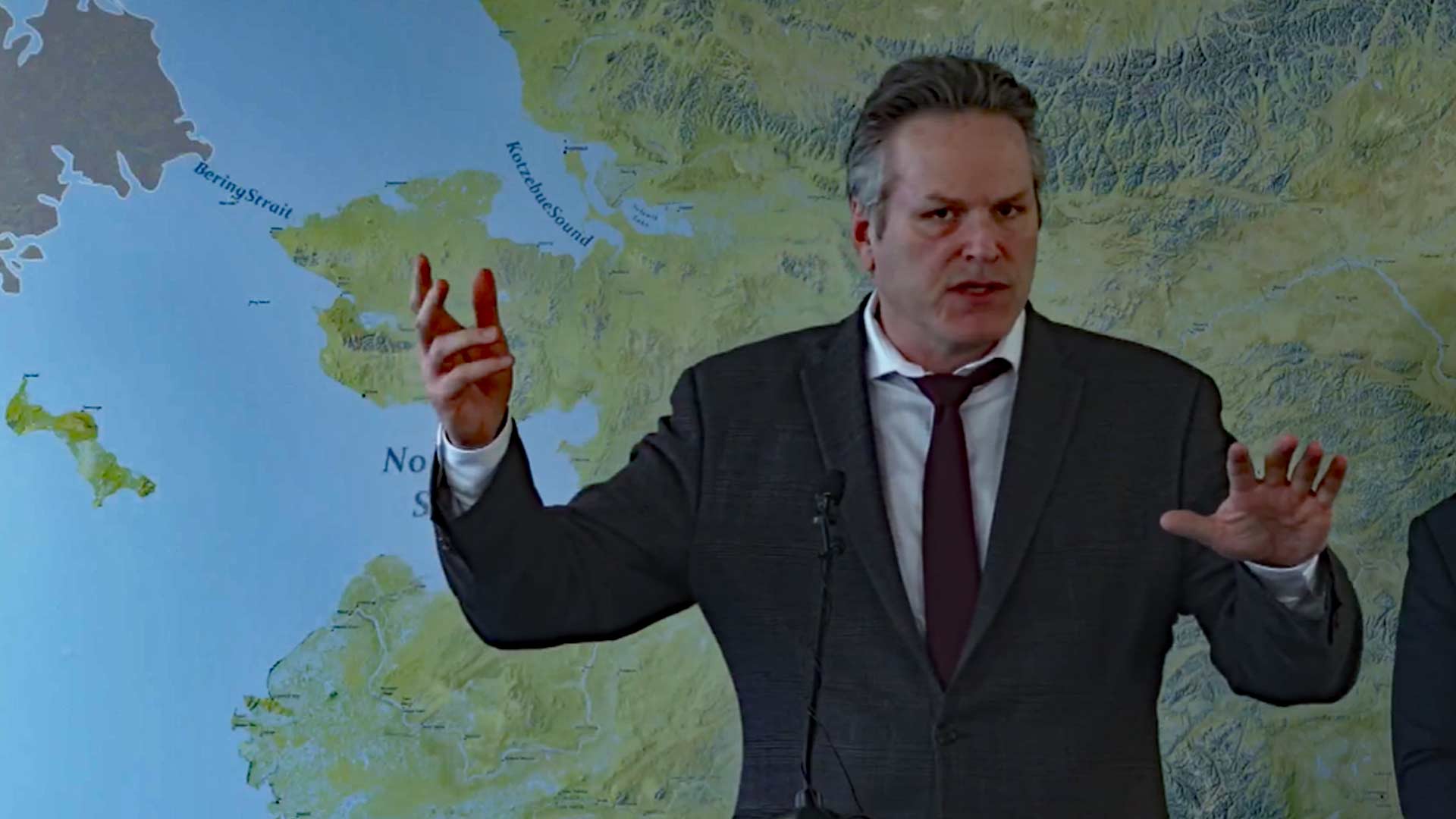
When the U.S. Constitution was formulated in 1787, the choosing of a president was meant to be outside of the vagaries of popular sentiments, and placed rather in the hands of experienced, mature and proven “elder statesmen” that would be chosen by the state legislatures. This was in keeping not only with the tradition of the Roman Senate in its virtuous pre-imperial days, but also – believe it or not – was borrowed from the system by which Catholic cardinals elected the pope.

State legislatures, of course, would in fact be subject to the vagaries of partisan politics, and the election of presidents prior to 1824 certainly reflected this. However, the presidency was meant to be more of a caretaker office – under the unfortunately false hope that the Constitution’s limited powers would be strictly adhered to and obeyed. Selected by the states, the presidency would perhaps be more likely to veto socialist-driven – known at the time as “Federalist” or “more government” legislation – that was obviously unconstitutional.
Alas.
But to this day, the power of selecting electors remains with the states’ locally elected officials.
George Washington quickly succumbed to the Federalist – read “liberal” – interpretations of Alexander Hamilton, and signed into law the obviously unconstitutional Bank of the United States – the precursor of today’s infamous Federal Reserve.
Then, in 1824 state legislatures began to allow the popular vote, rather than themselves, to determine the choosing of electors who would vote in the electoral college. This was only gradually elevated to common practice by all the states, with only rare exceptions. But to this day, the power of selecting electors remains with each state’s locally elected officials. This is how certain states have created the cockamamie idea that their chosen electors will go to the overall popular vote winner, thus disenfranchising their own constituents to the forces of raw national democracy and destroying yet another vestige of states’ rights.
Alaska’s contribution to the overall popular vote is a measly 0.2 %, but in the Electoral College it is three times that – albeit still miniscule – at 0.6%.
Urban attitudes and political inclinations have still met with an annoying and unyielding pest: the influence of rural, small-town America, where self-reliance, hard work and family values still hold influence. An analysis of Alaska demonstrates the wisdom of the Electoral College in this regard. Alaska’s contribution to the overall popular vote is a measly 0.2 %, but in the Electoral College it is three times that – albeit still miniscule – at 0.6%.
This is roughly the same for Wyoming, the Dakotas, Montana and nearly so with slightly larger states such as Idaho and Nebraska. Quite a chunk of real estate. I exclude Vermont, Delaware and Rhode Island because they have been swallowed up by the urban megalopoli and their attitudes are proven socialist.
It is remarkable that other states, dominated by one urban center, have openly discussed constitutionally-permitted divorce, for reasons that vary but for which presidential elections are certainly part of the mix. This has occurred in Colorado, Wisconsin, Michigan, Illinois, California, Washington, Oregon. Maine and Nebraska have avoided this by wisely splitting their electors, as was done by many states in the 19th century, by having congressional districts determine the outcome, thus leading to split electoral outcomes.
Let us be clear what a voter is actually doing during a presidential election. Some state ballots actually use proper verbiage by stating thus: “For electors pledged to vote for X for President.”
This means that we are voting for someone to vote for us. And while some states require that the pledged electors vote accordingly, some occasionally do not. This has become increasingly made known in recent close elections, most especially in 2000.
ALASKA WATCHMAN DIRECT TO YOUR INBOX
And how are these electors chosen? At the state party conventions. Most are extremely reliable to their party because the vetting committees look for proven, trustworthy and often elder party statesmen. Ex-governors, senators, congressmen, state legislators. But often youthful and principled party activists are chosen who at times defy the party zeitgeist and do something amazing: they think for themselves.
In Part II we will see why a national popular vote is a bad idea, why under the Electoral College system the popular vote within each state actually has more value, and why the overall totals ought to be regarded as a mere curiosity.
The writer was a candidate for U.S. Senate in 1990 and 2008, is a 44-year Alaskan, a retired public school teacher and currently a radio talk-show host of The Bird’s Eye View on KSRM in Kenai. He is also a longtime parishioner at Our Lady of the Angels Catholic Church in Kenai.
The views expressed here do not necessarily express those of the Alaska Watchman.








5 Comments
There aren’t anywhere near enough big city voters nationally. And all big city voters do not vote for the same candidate.
The population of the top 5 cities (New York, Los Angeles, Chicago, Houston and Philadelphia) is only 6% of the population of the United States.
Voters in the biggest cities in the US have been almost exactly balanced out by rural areas in terms of population and partisan composition.
59,849,899 people live in the 100 biggest cities.
59,492,267 people live in rural America.
In 2004, 17.4% of votes were cast in rural counties, while only 16.5% of votes were cast within the boundaries of our nation’s 100 largest cities.
16% of the U.S. population lives outside the nation’s Metropolitan Statistical Areas. Rural America has voted 60% Republican. None of the 10 most rural states matter now.
16% of the U.S. population lives in the top 100 cities. They voted 63% Democratic in 2004.
The population of the top 50 cities (going as far down as Arlington, TX) is only 15% of the population of the United States.
The rest of the U.S., in SUBurbs, divide almost exactly equally between Republicans and Democrats.
Dividing more states’ electoral votes by congressional district winners would magnify the worst features of the Electoral College system.
It is not a fair “compromise” or solution.
Many districts in the US are gerrymandered to not be fair.
Maine and Nebraska do not apportion their electoral votes to reflect the breakdown of each state’s popular vote.
Maine (since enacting a state law in 1969) and Nebraska (since enacting a state law in 1992) have awarded one electoral vote to the winner of each congressional district, and two electoral votes statewide.
When Nebraska in 2008 gave one electoral vote to the candidate who did not win the state, it was the first split electoral vote of any state in the past century.
2016 was the first time one electoral vote in Maine was given to the candidate who did not win the state.
In June 2019, 77 Maine state Representatives and 21 Maine state Senators supported the National Popular Vote bill.
In a March 12-13, 2019 poll, Maine voters were asked how the President should be elected
52% favored “a system where the candidate who gets the most popular votes in all 50 states is the winner.”
31% favored “a system where electoral votes are given out by Congressional district” — Maine’s current method for awarding 2 of its 4 electoral votes
16% favored “a system where all the electoral votes in a given state are awarded to whoever gets the most popular votes in that state” — the winner-take-all method currently used by 48 states and used in Maine to award 2 of its 4 electoral votes
After Obama won 1 congressional district in Nebraska in 2008,Nebraska Republicans moved that district to make it more Republican to avoid another GOP loss there, and the leadership committee of the Nebraska Republican Party promptly adopted a resolution requiring all GOP elected officials to favor overturning their district method for awarding electoral votes or lose the party’s support.
A GOP push to return Nebraska to a winner-take-all system of awarding its electoral college votes for president only barely failed in March 2015 and April 2016.
When candidates with the most national popular votes are guaranteed to win, candidates will be forced to build campaigns that appeal to every voter in all parts of all states.
Under a National Popular Vote system, candidates are going to be campaigning in all 50 states because how much you win or lose each state now becomes politically relevant to the outcome of the election. If you change the system, you change the incentives to campaign, if you change the incentives to campaign you obviously change the outcomes.
Elections wouldn’t be about winning a handful of battleground states.
The National Popular Vote bill would not be doing away with the Electoral College, U.S. Senate, U.S. House of Representatives, state legislatures, etc. etc. etc.
With current statewide winner-take-all laws, a presidential candidate could lose despite winning 78%+ of the popular vote and 39 smaller states.
But, in 2016, among the 11 largest states: 7 voted Republican(Texas, Florida, Ohio, North Carolina, Pennsylvania, Michigan, and Georgia) and 4 voted Democratic (California, New York, Illinois, and New Jersey).
There is not a coalition of small states that functions politically. And they don’t necessarily have a lot in common.
The 8 smallest states (i.e., those with three electoral votes) together received only one of the nation’s 952 general-election campaign events in the 2008, 2012, and 2016 elections.
Fourteen of the 15 smallest states by population are ignored, like medium and big states where the statewide winner is predictable, because they’re not swing states. Small states are safe states. Only New Hampshire gets significant attention.
Support for a national popular vote has been strong in every smallest state surveyed in polls among Republicans, Democrats, and Independent voters, as well as every demographic group
Among the 13 lowest population states, the National Popular Vote bill has passed in 9 state legislative chambers, and been enacted by 5 jurisdictions.
Now political clout comes from being among the handful of battleground states. 70-80% of states and voters are ignored by presidential campaign polling, organizing, ad spending, and visits. Their states’ votes were conceded months before by the minority parties in the states, taken for granted by the dominant party in the states, and ignored by all parties in presidential campaigns.
State winner-take-all laws negate any simplistic mathematical equations about the relative power of states based on their number of residents per electoral vote. Small state math means absolutely nothing to presidential campaign polling, organizing, ad spending, and visits, or to presidents once in office.
The small states do not share a political tendency.
In the 25 smallest states in 2008, the Democratic and Republican popular vote was almost tied (9.9 million versus 9.8 million), as was the electoral vote (57 versus 58).
In 2012, 24 of the nation’s 27 smallest states received no attention at all from presidential campaigns after the conventions. They were ignored despite their supposed numerical advantage in the Electoral College. In fact, the 8.6 million eligible voters in Ohio received more campaign ads and campaign visits from the major party campaigns than the 42 million eligible voters in those 27 smallest states combined.
The 12 smallest states are totally ignored in presidential elections. These states are not ignored because they are small, but because they are not closely divided “battleground” states.
Now with state-by-state winner-take-all laws (not mentioned in the U.S. Constitution, but later enacted by 48 states), presidential elections ignore 12 of the 13 lowest population states (3-4 electoral votes), that are non-competitive in presidential elections. 6 regularly vote Republican (AK, ID, MT, WY, ND, and SD), and 6 regularly vote Democratic (RI, DE, HI, VT, ME, and DC) in presidential elections.
Similarly, the 25 smallest states have been almost equally noncompetitive. They voted Republican or Democratic 12-13 in 2008 and 2012.
Voters in states, of all sizes, that are reliably red or blue don’t matter. Candidates ignore those states and the issues they care about most.
The National Popular Vote bill retains the Electoral College and state control of elections. It again changes the way electoral votes are awarded in the Electoral College.
Under National Popular Vote, every voter, everywhere, would be politically relevant and equal in every presidential election. Every vote would matter equally in the state counts and national count.
When states with a combined total of at least 270 electoral votes enact the bill, the candidate with the most popular votes among all 50 states and DC would get the needed majority of 270+ Electoral College votes from the enacting states. The bill would thus guarantee the Presidency to the candidate who receives the most popular votes and the majority of Electoral College votes.
States have the responsibility and constitutional power to make all of their voters relevant in every presidential election and beyond. Now 38+ states and their voters are politically irrelevant in presidential elections.
Unable to agree on any particular method, the Founding Fathers left the choice of method for selecting presidential electors exclusively to the states by adopting the language contained in section 1 of Article II of the U.S. Constitution—
“Each State shall appoint, in such Manner as the Legislature thereof may direct, a Number of Electors . . .”
The U.S. Supreme Court has repeatedly characterized the authority of the state legislatures over the manner of awarding their electoral votes as “plenary” and “exclusive.”
Federalism concerns the allocation of power between state governments and the national government. The National Popular Vote bill concerns how votes are tallied, not how much power state governments possess relative to the national government. The powers of state governments are neither increased nor decreased based on whether presidential electors are selected along the state boundary lines, or national lines (as with the National Popular Vote).
There is nothing in the Constitution that prevents states from making the decision now that winning the national popular vote is required to win the Electoral College and the presidency.
Trump in June 2019 – Fox News interview
“It’s always tougher for the Republican because, . . . the Electoral College is very much steered to the Democrats. It’s a big advantage for the Democrats. It’s very much harder for the Republicans to win.”
Trump, April 26, 2018 on “Fox & Friends”
“I would rather have a popular election, but it’s a totally different campaign.”
“I would rather have the popular vote because it’s, to me, it’s much easier to win the popular vote.”
Trump, October 12, 2017 in Sean Hannity interview
“I would rather have a popular vote. “
Trump, November 13, 2016, on “60 Minutes”
“ I would rather see it, where you went with simple votes. You know, you get 100 million votes, and somebody else gets 90 million votes, and you win. There’s a reason for doing this. Because it brings all the states into play.”
In 2012, the night Romney lost, Trump tweeted.
“The phoney electoral college made a laughing stock out of our nation. . . . The electoral college is a disaster for a democracy.”
Newt Gingrich summarized his support for the National Popular Vote bill by saying: “No one should become president of the United States without speaking to the needs and hopes of Americans in all 50 states. … America would be better served with a presidential election process that treated citizens across the country equally. The National Popular Vote bill accomplishes this in a manner consistent with the Constitution and with our fundamental democratic principles.”
In 1969, The U.S. House of Representatives voted 338–70 for a national popular vote.
Presidential candidates who supported direct election of the President in the form of a constitutional amendment, before the National Popular Vote bill was introduced: George H.W. Bush (R-TX-1969), Bob Dole (R-KS-1969), Gerald Ford (R-MI-1969), Richard Nixon (R-CA-1969)